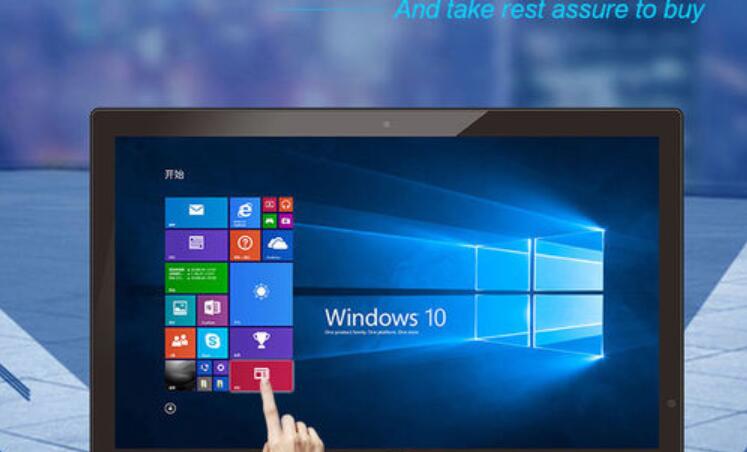Categories
- News (12)

Touchscreen monitors provide a wide variety of benefits in retail, restaurant, bank, medical, industrial environments alike. They are easy to use, displaying only as much data and as many button options as needed to perform a specific task or tasks, whether it’s operating the pipeline, controlling the machine, or querying, ordering foods, etc..However, touchscreen monitors are likely to offer different features, and some models are better at certain operations. To select the right touchscreen monitor for your business, always consider:
Touch technology: Touch technology comes in several varieties, including resistive and capacitive.
Resistive technology is typically more affordable than capacitive touch technology. It can be activated with a variety of devices, including, but not limited to, a stylus or a gloved finger. However, the image clarity attainable with a resistive touchscreen is only about 75 to 80 percent, and sharp objects can easily damage the outer surface.
The durability of capacitive touchscreen monitors makes them a good fit for use in point-of-sale terminals and kiosks. A capacitive touchscreen monitor also offers more clarity and greater endurance than its resistive technology counterpart, at 88 percent to 92 percent and up to 225 million touches, respectively. Additionally, capacitive touchscreen technology can only be activated with an exposed (gloveless) finger, which may be a challenge for some retailers and restaurant owners.
Screen size and aspect ratio: Touchscreen monitor screen sizes range from 7 inches to 89 inches. The most common screen size for point-of-sale applications is 15 inches to 32 inches, with an aspect ratio (proportional relationship between width and height) of 4:3 or 16:9. For best results, request a demonstration version of the software to be used with the touchscreen monitor to verify that the screen size is compatible with the application and that the icons on the screen are large enough to be identified quickly.